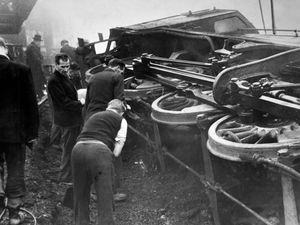The women and German prisoners of war who risked all for love and marriage after World War Two
In the immediate post-war period, something started to erode some of the bitterness towards the former enemy. It was love, actually.
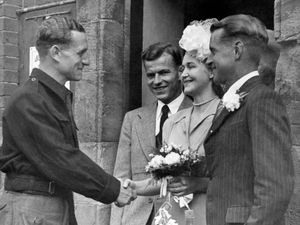
Britons were banned from fraternising with the hundreds of thousands of German prisoners of war held in camps across the country, and so romance, let alone marriage, was out of the question.
Despite the lifting of the ban just before Christmas in 1946, romantic relationships between British women and German POWs continued to be forbidden.
But matters of the heart are not easily governed by such rules. Some high profile cases in the Midlands made headlines and led to questions being asked in the House of Commons, eventually leading to all obstacles to marriage being lifted in July 1947.
Monica Patricia Cann, a 21-year-old sergeant serving in the Auxiliary Territorial Service at Donnington, unrepentantly broke the rules as she led the way, becoming the first English woman to marry an "enemy alien."
Her groom was 26-year-old Hermann Leo Ganter, who had been captured during the Battle of El Alamein. She had met him at the Donnington garrison education centre.
The marriage took place in Wellington in January 1947 and the couple naturally had to use some subterfuge. When the authorities found out the balloon went up. They couldn't do anything about the marriage, which had been a legal ceremony, but Monica was fined a total of £4 by Wellington magistrates for making false statements.
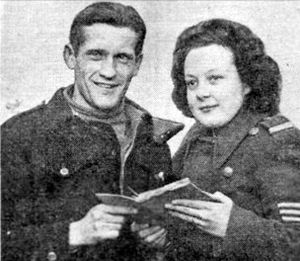
Another contemporary case which made front page news in the Star in May 1947 was that of 21-year-old Otto Port, a German prisoner held at 96 Rugeley POW Camp, who was brought up before a military court at Rugeley accused of consorting with a young woman, who was a domestic servant.
He denied the charge. Fellow German prisoners crowded into the court martial room to hear the proceedings.
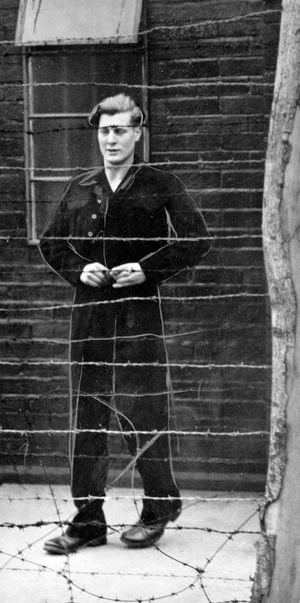
The evidence was that the pair were found in a hut at RAF Tatenhill, which is a few miles from Rugeley. She was hiding and when the member of the Air Ministry Constabulary asked her what she was doing she replied: "We have been dodging you all night," before giving a string of false names.
Port told the court that they had gone for a walk and went into the hut when it began raining.

As no verdict was immediately given, we're not sure of the outcome but the consequences could be serious. In one case highlighted in the Commons one Werner Wetter was jailed for a year by a Droitwich court martial after admitting "improper relations" with a 21-year-old British woman with whom he had had a daughter.
"Thousands of English, American and French troops marry German women. Why should not a decent English girl be allowed to marry a German prisoner?" he said after his case in June 1947.
With there being widespread public sympathy for the illicit couples, they did not have much longer to hide their secret, and soon newspapers were reporting on "permitted" marriages.
Shropshire's first official church wedding of a German POW was that of Wilhelm Henrich and Alicia May Dunning, of Shrewsbury, at St Alkmund's Church in the county town in August 1947.
Police were on hand to control a crowd of around 1,000 who had turned out to wish them well. The couple had kept their engagement quiet until the position on such marriages had been clarified.
Only a few days later, on August 23, 29-year-old Wilken Ranck, who had been held at the Sheriffhales POW camp near Shifnal, married 26-year-old Elsa Andersen at Stirchley church. Among those there to congratulate them were former POW comrades and dozens of smiling villagers.
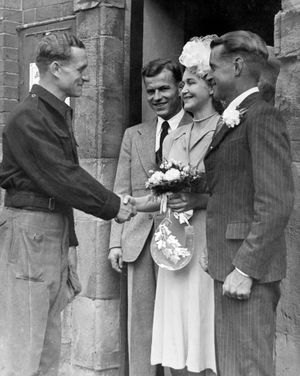
Theirs was a story of enduring love, as their romance had begun before the war, and there was a twist as here the bride was not British, but Brazilian. Ranck, serving at that time in the German merchant navy, had met Elsa on a Brazilian beach, and they became engaged.
On the outbreak of war he joined the Afrika Corps and was captured in Tunisia. He became the first prisoner from the Sheriffhales camp to take advantage of a scheme whereby prisoners could assume civilian status by remaining in the country as farm workers. He worked for a Mr W Evison, of Holmer Farm, Stirchley.
His bride had become a governess to a Brazilian family in London, but gave up the post to marry Wilken and begin married life in Stirchley.
While the marriage between Monica Cann and Leo Ganter (as he seems to have been known) was destined not to last, it was to prove to be a trailblazer for nearly 800 couples in similar love-against-the-odds relationships to wed.



